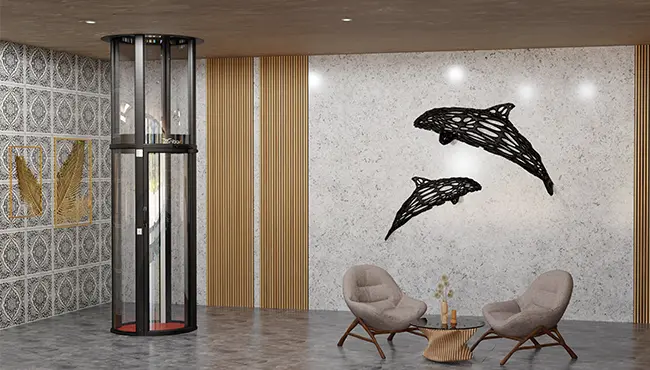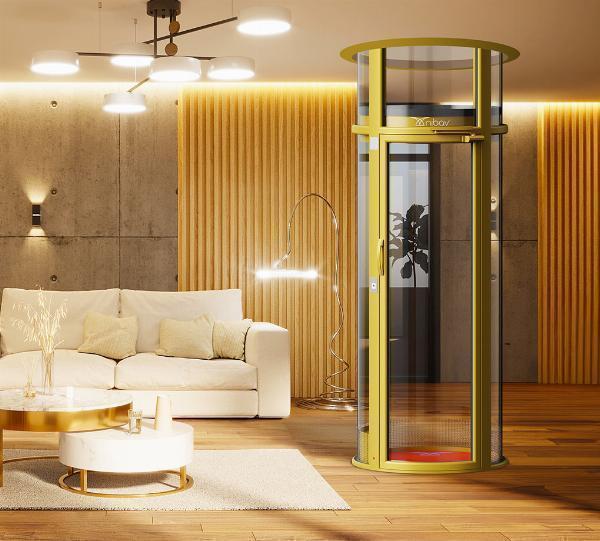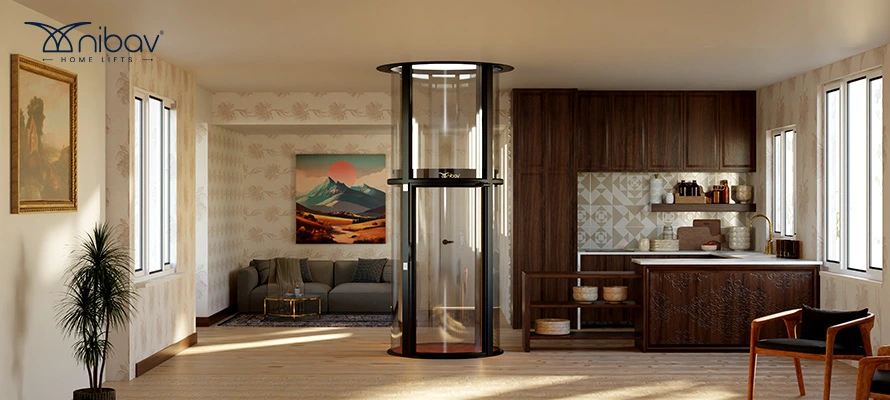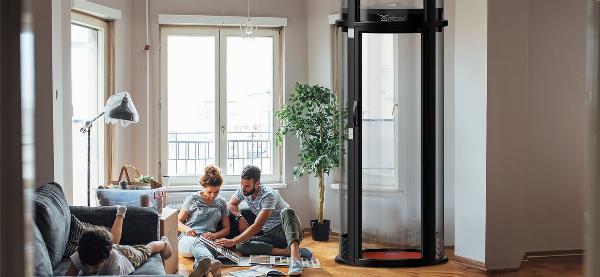 Bulk Content Creation – Scale Without Sacrificing Quality!
Bulk Content Creation – Scale Without Sacrificing Quality!
Pros and Cons of Machine Room-Less Elevators | Nibav Home Lifts
Written by Nibav Home Lifts » Updated on: June 17th, 2025

Machine Room-Less (MRL) elevators are a popular choice for modern residential buildings due to their space-saving design and efficient operation. Unlike traditional elevators, MRL elevators do not require a separate machine room, making them ideal for homes with limited space. This blog will delve into the pros and cons of MRL elevators to help you decide if they are the right fit for your home.

What Are Machine Room-Less Elevators?
Machine Room-Less elevators, commonly known as MRL elevators, are designed without a dedicated machine room for housing the elevator machinery. Instead, the machinery is integrated within the elevator shaft or at the top of the elevator car. This innovation allows for more flexible installation options and can significantly reduce the space required for the elevator system.
Pros of Machine Room-Less Elevators
1. Space Efficiency
One of the most significant advantages of MRL elevators is their space efficiency. Since there is no need for a separate machine room, these elevators can be installed in homes where space is at a premium. This is particularly beneficial for residential buildings where maximizing usable space is a priority.
2. Cost Savings
The elimination of a machine room can lead to cost savings in construction and installation. Without the need for additional structural modifications to accommodate a machine room, homeowners can save on both materials and labor costs. Additionally, MRL elevators tend to have lower maintenance costs due to fewer mechanical components.
3. Energy Efficiency
MRL elevators are often more energy-efficient than their traditional counterparts. They typically use gearless traction or permanent magnet motors, which consume less energy and provide smoother, quieter operation. This can lead to long-term savings on energy bills and contribute to a more environmentally friendly home.
4. Design Flexibility
The compact design of MRL elevators allows for greater design flexibility. Architects and builders can integrate these elevators into a variety of building designs without the constraints imposed by a machine room. This flexibility makes MRL elevators suitable for both new constructions and retrofitting projects.
5. Faster Installation
MRL elevators can be installed more quickly than traditional elevators, primarily due to the absence of a machine room. This can shorten the overall construction timeline, allowing homeowners to enjoy their new elevator sooner.
Cons of Machine Room-Less Elevators
1. Limited Load Capacity
MRL elevators generally have a lower load capacity compared to traditional elevators with machine rooms. This makes them less suitable for buildings that require heavy-duty elevator systems or need to accommodate large numbers of passengers at once.
2. Higher Initial Costs
While MRL elevators can save on construction costs, their initial purchase price can be higher than that of traditional elevators. The advanced technology and components used in MRL elevators contribute to this higher upfront cost. However, these home lifts costs can be offset over time through energy and maintenance savings.
3. Maintenance Accessibility
The integrated machinery in MRL elevators can sometimes be more challenging to access for maintenance and repairs. While routine maintenance is typically straightforward, major repairs may require specialized technicians and can be more time-consuming.
4. Noise Levels
Although MRL elevators are generally quieter than traditional elevators, the noise generated by the machinery can sometimes be more noticeable in certain building configurations. Proper soundproofing and insulation can mitigate this issue, but it may add to the overall cost.
5. Technical Limitations
MRL elevators may not be suitable for very high-rise buildings or applications requiring high-speed operation. The design and technology limitations of MRL elevators make them more appropriate for low to mid-rise buildings, such as residential homes and small commercial buildings.
Conclusion
Machine Room-Less elevators offer numerous benefits, including space efficiency, cost savings, energy efficiency, design flexibility, and faster installation. However, they also come with certain limitations, such as lower load capacity, higher initial costs, maintenance accessibility challenges, potential noise issues, and technical limitations.
When considering an MRL elevator for your home, it is essential to weigh these pros and cons carefully. Assess your specific needs, budget, and building requirements to determine if an MRL elevator is the best choice for you.
Note: IndiBlogHub features both user-submitted and editorial content. We do not verify third-party contributions. Read our Disclaimer and Privacy Policyfor details.
Copyright © 2019-2025 IndiBlogHub.com. All rights reserved. Hosted on DigitalOcean for fast, reliable performance.














